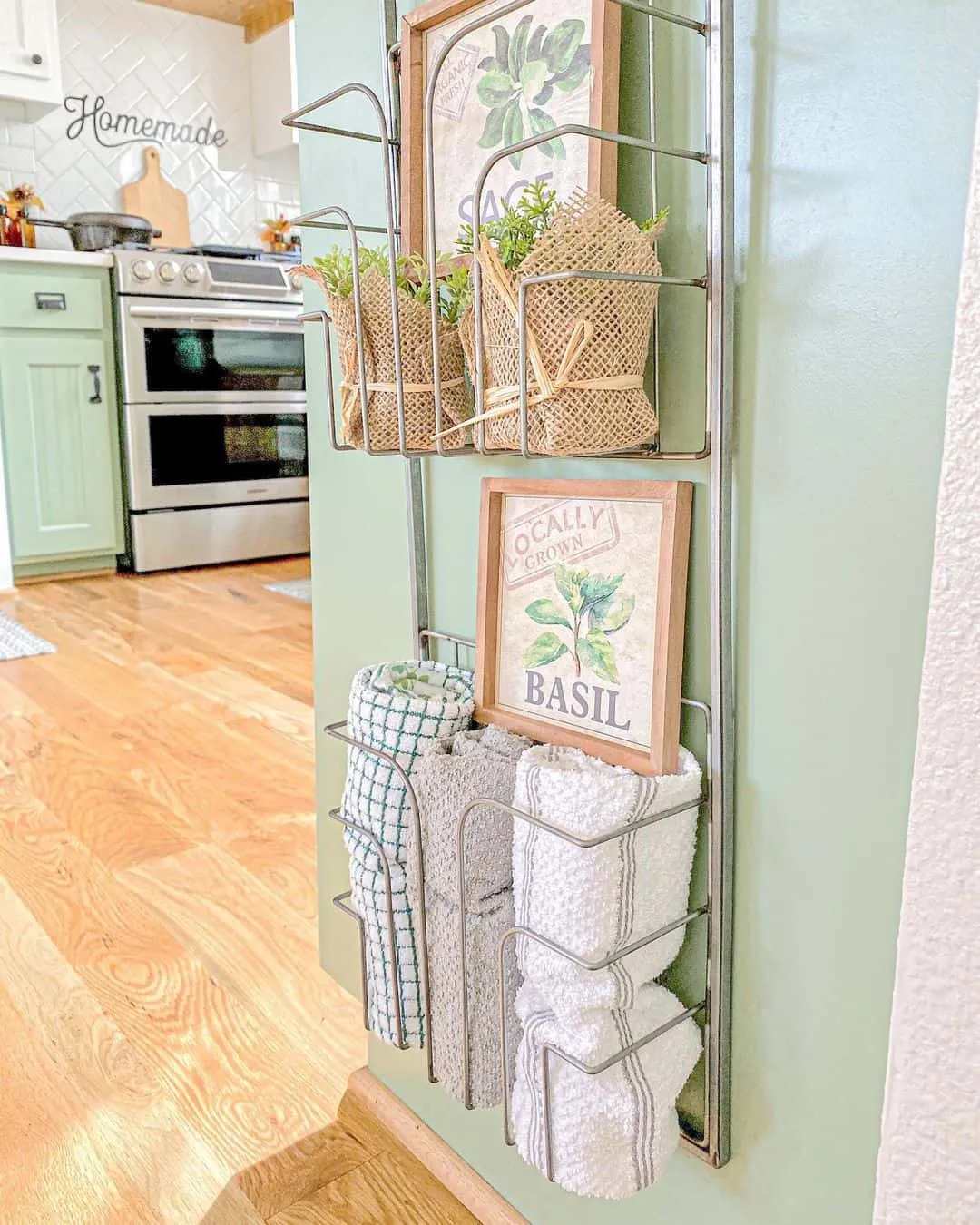Farmhouse Kitchen Decor Top 5 Tips!
Farmhouse kitchen decor is a timeless style, celebrated for its warmth, simplicity, and inviting atmosphere. It perfectly blends rustic charm with modern functionality, creating a space that feels both cozy and stylish. Achieving this look doesn’t require a complete kitchen renovation, instead, it involves carefully selecting elements that embody the farmhouse aesthetic. This guide provides the top 5 tips to help you create your dream farmhouse kitchen, transforming your cooking and gathering space into a haven of comfort and style. Implementing these tips will help you capture the essence of farmhouse living, creating a space that feels both welcoming and uniquely yours.
Embrace Neutral Colors
Neutral colors form the foundation of a classic farmhouse kitchen. These calming tones create a sense of spaciousness and serenity, allowing other decorative elements to shine. Think about light and airy shades that evoke a sense of cleanliness and tranquility, setting the stage for a welcoming kitchen. The beauty of neutral colors lies in their versatility – they pair effortlessly with various textures and materials, which is essential when working with the farmhouse style. The use of neutrals provides a perfect backdrop for incorporating pops of color through accessories, making the kitchen visually appealing without being overwhelming. Start by choosing a base color, then layering complementary shades throughout the space.
Why Neutral Colors Work
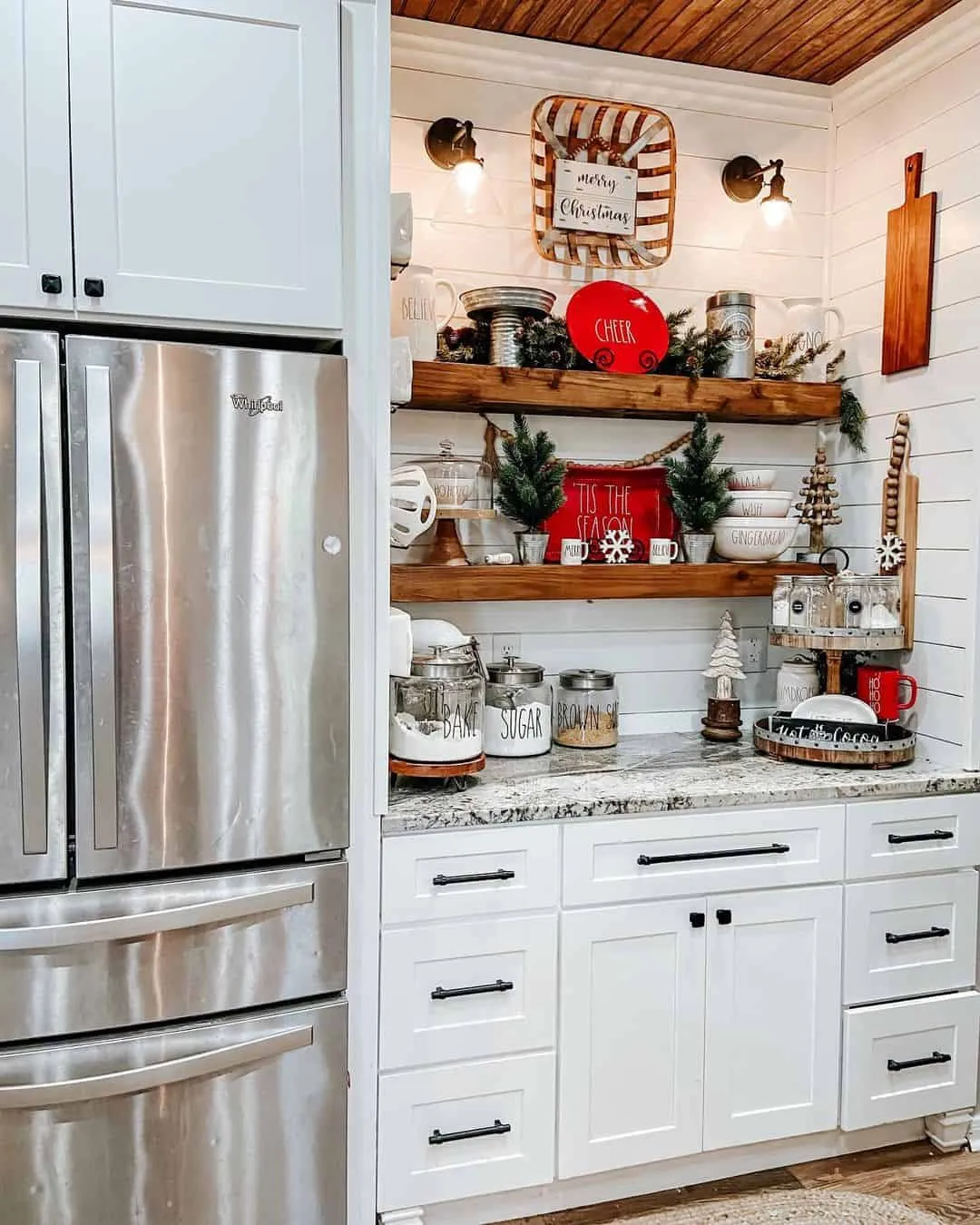
Neutral colors create a sense of timelessness, avoiding trends that can quickly become outdated. This allows the kitchen to maintain its appeal for years to come. Neutral palettes naturally enhance the natural light of a space, making the kitchen appear brighter and more inviting, and it’s a key element of a welcoming kitchen. The simplicity of a neutral color scheme also makes it easier to experiment with different design styles and change accessories. As your tastes evolve, the kitchen can easily adapt to reflect new trends. Neutral colors promote a sense of calm and relaxation, a significant benefit in a busy household, making the kitchen a more pleasant space to spend time in. This creates a soothing environment, contributing to the overall comfort of the farmhouse kitchen.
Best Neutral Color Palettes
Consider shades like creamy whites, soft grays, and muted beiges when choosing the perfect neutral palette. These colors create a sense of warmth and coziness, essential to the farmhouse aesthetic. A combination of these colors can add depth and interest. For example, use a warm white on the walls, a light gray for the cabinets, and a beige for the flooring. This creates a layered effect that is visually appealing without being overpowering. Don’t be afraid to experiment with different tones to find the perfect balance for your kitchen. The use of matte or flat paint finishes enhances the neutral effect, further contributing to the farmhouse look. These finishes reflect light softly, creating a cozy atmosphere, making your kitchen feel warm and inviting.
Incorporate Natural Textures
Farmhouse style is all about embracing the beauty of natural materials. Introducing these textures adds depth and warmth to the kitchen, creating a more inviting and tactile space. By incorporating wood, stone, and fabric, you bring the outdoors in and enhance the rustic charm. This aspect helps to create a cozy and lived-in feeling, a signature trait of the farmhouse aesthetic. Consider how textures interact with light, which plays a vital role in enhancing the overall look and feel of the kitchen. This creates visual interest and breaks up the monotony of plain surfaces, which is crucial for creating a balanced and visually appealing space. This contributes to an authentic and inviting farmhouse design.
Wood Elements
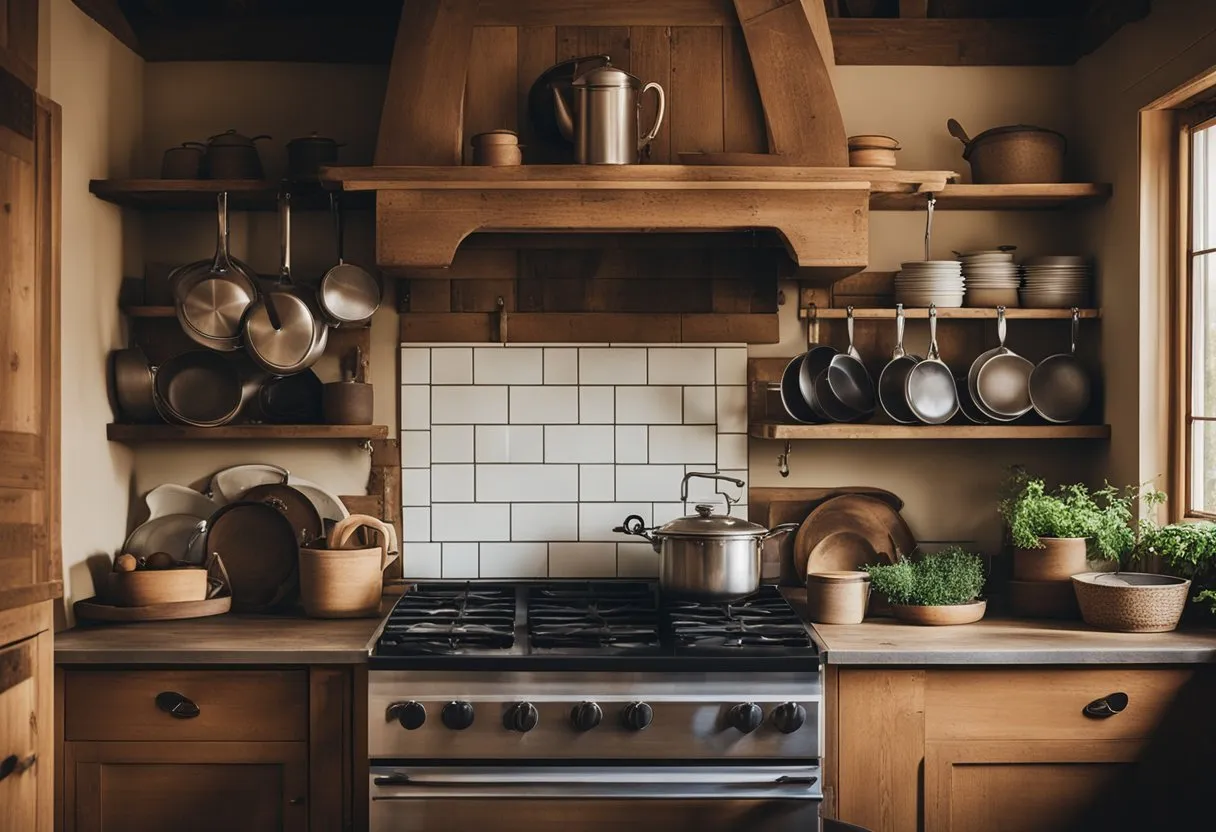
Wood is a cornerstone of farmhouse decor, adding warmth and character. Incorporate wooden elements in your kitchen through butcher block countertops, exposed beams, or a rustic wooden dining table. The natural variations in wood grains add visual interest and a sense of history. Consider the different types of wood available, from light-colored pine to dark-stained oak. Each type brings a unique aesthetic to your kitchen. Wood also serves as a durable and functional material, which is a crucial consideration in a busy kitchen environment. The versatility of wood allows it to blend in seamlessly with other elements, whether you prefer a classic or more modern design. This combination of functionality and beauty makes wood a perfect choice for farmhouse kitchen decor.
Textured Fabrics
Soft furnishings are key to adding warmth and comfort to a farmhouse kitchen. Incorporate textured fabrics such as linen, cotton, and burlap to create a cozy atmosphere. These materials can be used for curtains, tablecloths, and chair cushions. Consider using woven textures to add another dimension to the space. Throw pillows and kitchen towels in natural fabrics add visual interest, while also providing comfort. Fabrics in muted colors or with subtle patterns will complement the neutral color palette. The layering of different textures and fabrics adds depth and creates an inviting feel. These elements help soften the space, making your kitchen more comfortable and welcoming, perfect for both cooking and gathering.
Add Vintage Accents
Vintage accents are essential for capturing the essence of farmhouse style. These elements bring a sense of history and character to the kitchen. Incorporating vintage pieces adds a unique touch, reflecting personality and creating a lived-in feel. This is an effortless way to add charm and uniqueness to your kitchen. Look for vintage items that have a story to tell, as they add to the kitchen’s overall character. The combination of old and new creates a balanced and visually interesting design. Vintage accents are a fantastic way to personalize your kitchen while also staying true to the farmhouse aesthetic, creating a space that is both stylish and unique.
Finding Vintage Pieces
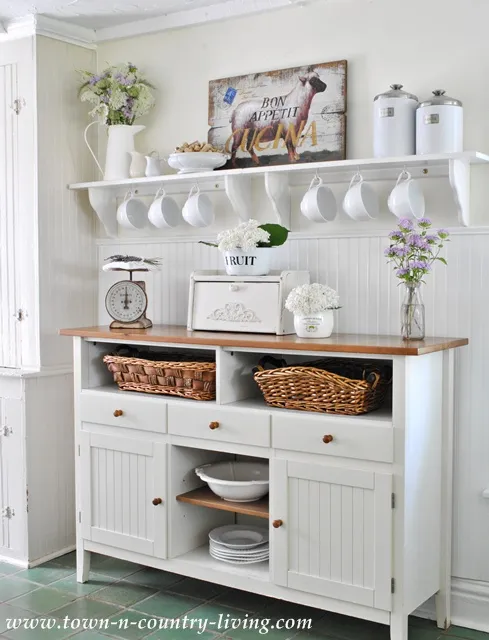
Start your search for vintage pieces at flea markets, antique shops, and online marketplaces. These are great places to find unique items that add character to your kitchen. Look for items such as enamelware pots, vintage scales, and antique utensils. Repurposing old items is an eco-friendly way to add character to your kitchen. Consider visiting local estate sales to find unique treasures. Mix and match pieces to create an eclectic and personalized collection. These additions help to infuse your kitchen with charm, making it feel more personal. Don’t be afraid to mix and match different styles and periods to create an authentic and visually appealing space.
Displaying Vintage Items
Displaying vintage items adds visual interest and tells a story. Open shelving is an ideal way to showcase your collection. Arrange your vintage items on the shelves, mixing them with functional kitchenware. A well-curated display of vintage pieces acts as both decor and a conversation starter. Use vintage scales or enamelware as countertop accents. A vintage clock can add a touch of nostalgia. Mix functional pieces with decorative items to achieve a balanced look. Arrange your collection in a way that tells a story, creating a focal point within the kitchen. The careful placement of these vintage accents helps to enhance the farmhouse aesthetic, creating a kitchen that is both stylish and full of character.
Prioritize Functionality
While aesthetics are important, a farmhouse kitchen must be functional. Create a space that is practical and efficient, making it easier to cook and entertain. Consider the layout of your kitchen and the flow of movement. Designate zones for cooking, cleaning, and food preparation to maximize efficiency. Choosing the right storage solutions helps keep the kitchen organized, minimizing clutter. Incorporate smart storage options to keep the kitchen both stylish and practical. Functionality is a key component of the farmhouse style. It enables a comfortable and efficient workspace, contributing to the overall success of your farmhouse kitchen design.
Smart Storage Solutions
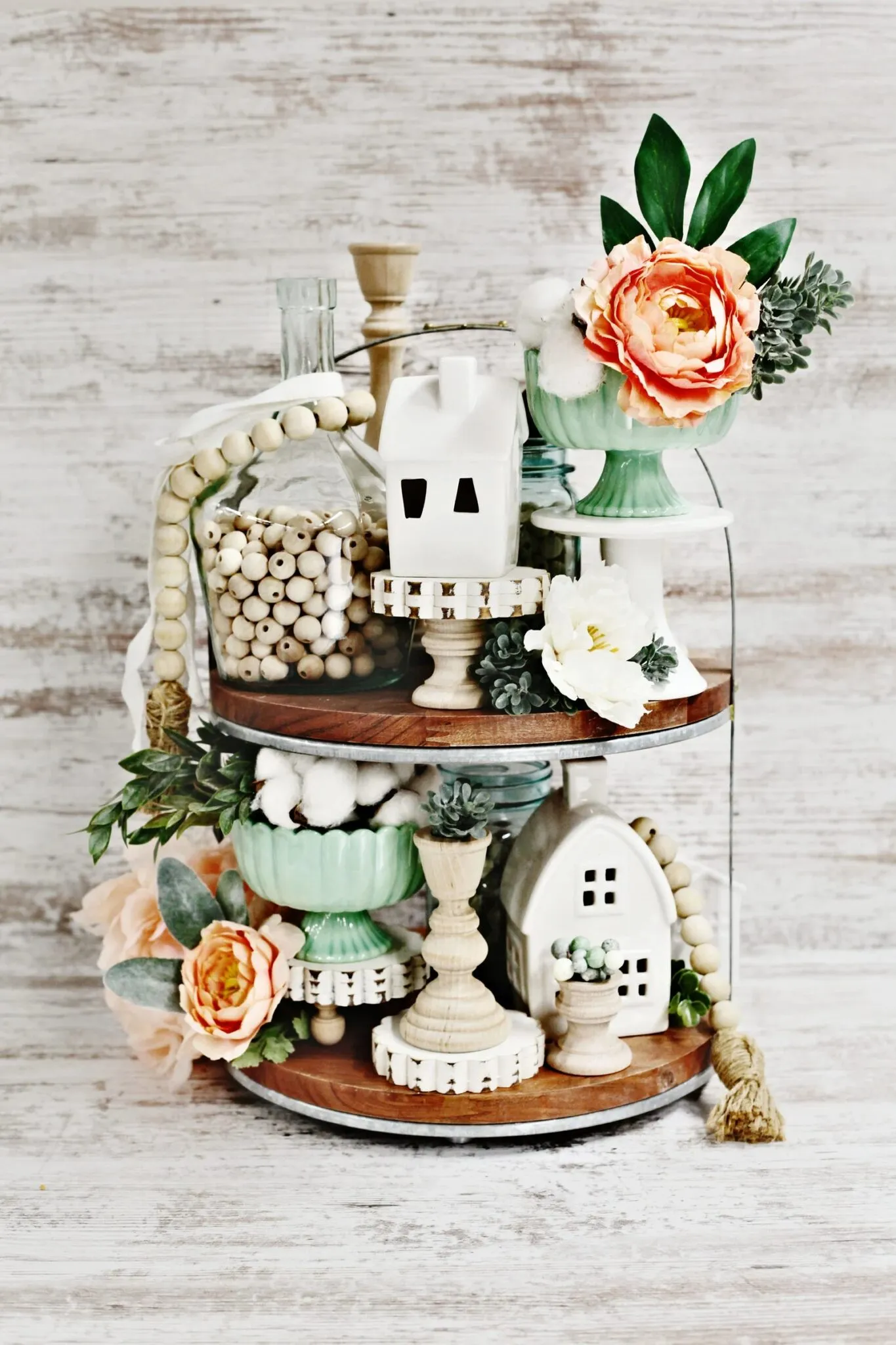
Optimize storage space to maintain an organized kitchen. Use drawers, pull-out shelves, and pantry organizers to maximize storage. These options help keep the kitchen tidy and easy to navigate. Utilize baskets and containers to store items on shelves and countertops. Consider adding a kitchen island with built-in storage to enhance functionality. Smart storage allows you to keep essentials within easy reach, enhancing the cooking experience. Label containers and baskets to keep things organized. Choose storage solutions that match your kitchen’s style, helping to maintain a cohesive look. Storage is a key ingredient for an organized, efficient, and beautiful farmhouse kitchen, ensuring everything has its place.
Open Shelving Benefits
Open shelving is a hallmark of farmhouse kitchens, blending practicality with style. It provides easy access to frequently used items, which improves kitchen efficiency. The visual openness that open shelving creates makes a kitchen appear larger and more inviting. This allows you to display your favorite dishware, cookbooks, and decorative items, adding personality and charm. Open shelving provides an opportunity to showcase a curated collection. Regularly dusting and organizing open shelves is important to maintain their aesthetic appeal. The display of vintage pieces or handcrafted items on open shelves enhances the farmhouse aesthetic. Open shelving balances functionality and style, enhancing the farmhouse look.
Incorporate Greenery
Adding greenery brings life and freshness to the farmhouse kitchen. Plants enhance the connection with nature, adding a sense of vitality and promoting well-being. They soften the space and add a touch of color and texture, complementing the neutral palette. Greenery helps create a more welcoming and lively atmosphere. The presence of plants in the kitchen creates a welcoming and serene environment. Integrating plants is a simple yet effective way to elevate the farmhouse look, enhancing both visual appeal and overall comfort. Carefully choosing and placing plants enhances the kitchen’s natural and inviting ambiance.
Types of Plants for Kitchens
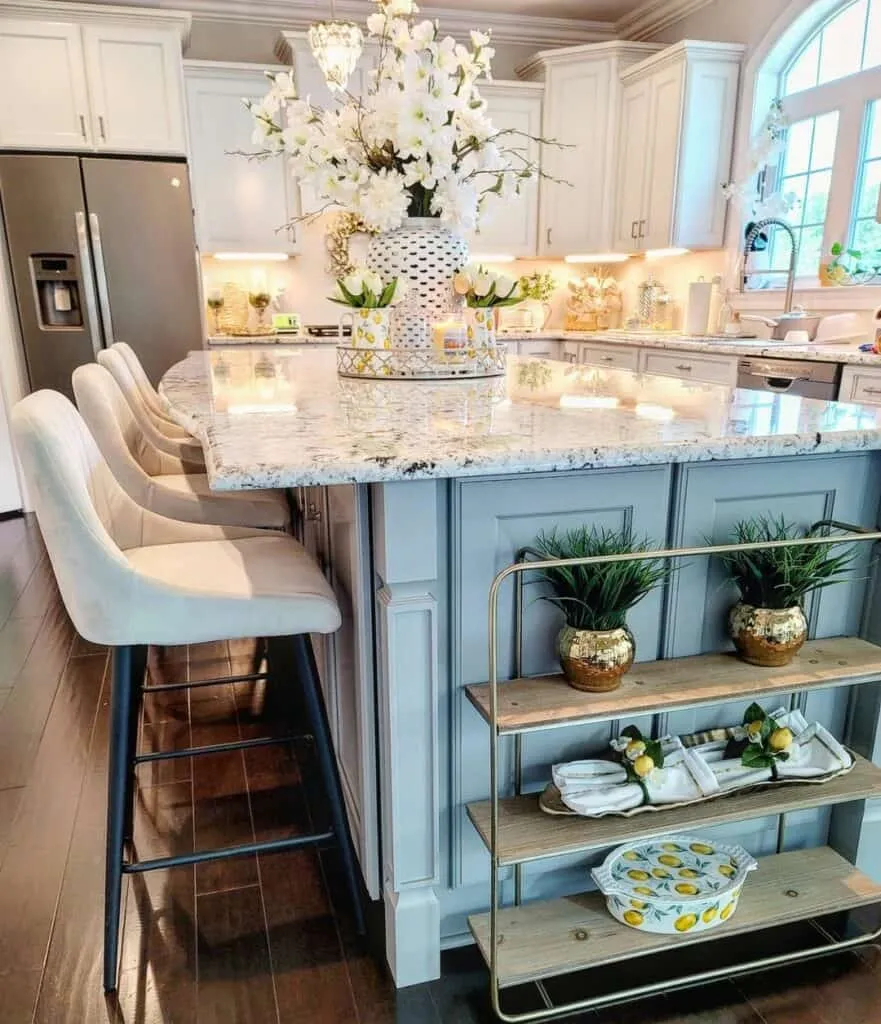
Consider low-maintenance plants like herbs, succulents, and air plants. Herbs add both aesthetic appeal and practicality, providing fresh ingredients for cooking. Succulents and air plants require minimal care, making them ideal for busy households. Place herbs in small pots near a window for easy access. Choose plants that thrive in varying light conditions to ensure they flourish. Opt for plants that add texture and color to the space, contributing to the overall design. Incorporate a mix of plant types and sizes to create visual interest, which is key to achieving a balanced and visually appealing look. This selection will introduce natural beauty, bringing freshness and life into the kitchen.
Placement of Plants
Position plants strategically to enhance the aesthetics and functionality of the kitchen. Place small potted herbs on the windowsill for easy access while cooking. Add larger plants on countertops or open shelves to create visual interest. Consider hanging plants from the ceiling to save space and add vertical interest. Group plants of various sizes to achieve a layered look. Be mindful of light and humidity levels when placing plants to ensure they thrive. This careful arrangement brings a natural, refreshing element to the farmhouse aesthetic, creating a welcoming space. Proper plant placement is essential for ensuring they flourish and contribute to the kitchen’s inviting atmosphere.
